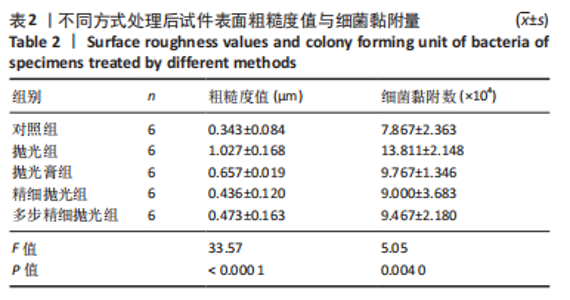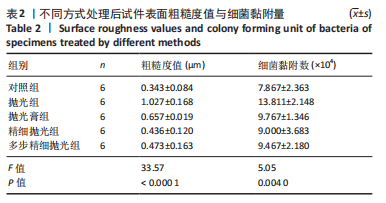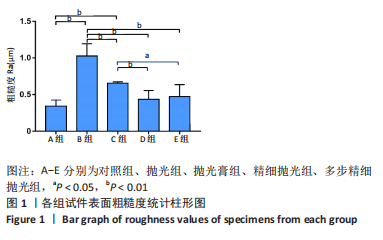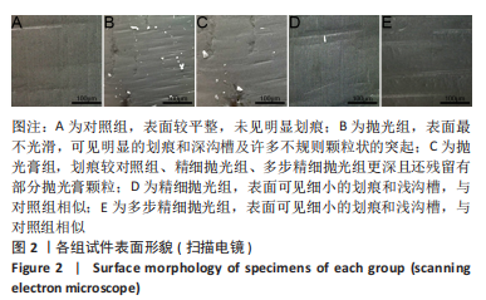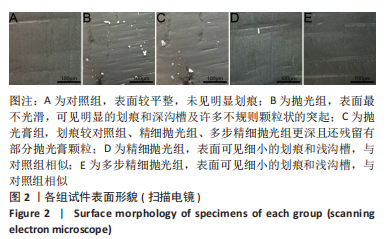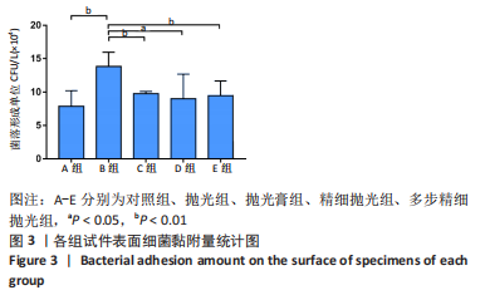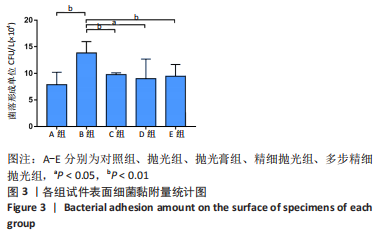[1] 邱莎,张安玲,游红菊.口腔全瓷修复材料抛光方法研究进展[J].中国卫生产业,2020,17(7):171-173.
[2] ZHANG Y, KELLY JR. Dental Ceramics for Restoration and Metal Veneering. Dent Clin North Am. 2017;61(4):797-819.
[3] SUN T, GUO M, CHENG Y, et al. Graded Nano Glass-Zirconia Material for Dental Applications-Part II Biocompatibility Evaluation. J Biomed Nanotechnol. 2017;13(12):1682-1693.
[4] 董星彤,王剑.口腔陶瓷及类陶瓷修复材料的分类和临床应用[J].北京口腔医学,2017,25(2):111-114.
[5] 万乾炳.关于全锆冠的几个问题[J].国际口腔医学杂志,2018,45(1): 9-13.
[6] SANTOS MJ, COSTA MD, RUBO JH, et al. Current all-ceramic systems in dentistry: a review. Compend Contin Educ Dent. 2015;36(1):31-37.
[7] 谢慧心,战德松.全解剖式氧化锆全瓷冠用于固定义齿美学修复临床评价[J].中国实用口腔科杂志,2017,10(8):467-471.
[8] ETMAN MK, WOOLFORD M, DUNNE S. Quantitative measurement of tooth and ceramic wear: in vivo study. Int J Prosthodont. 2008;21(3): 245-252.
[9] 刘亦洪,王琳,司文捷,等.不同表面处理方法对氧化锆与天然牙磨损性能的影响[J].稀有金属材料与工程,2011,40(1):143-146.
[10] 邹立东,韩劼,吴敏节,等.后牙连续缺失后短种植体联冠修复早期负重的临床研究[J].中华口腔医学杂志,2018,53(10):653-658.
[11] 赵灵洁,孙海欧.不同抛光处理对全瓷冠细菌粘附及色素沉着影响[J].临床军医杂志, 2021,49(1):75-76.
[12] 孟虹良,杨路,吴欣祎,等.不同表面处理对二硅酸锂玻璃陶瓷粗糙度及形态学的影响[J].南京医科大学学报(自然科学版),2019, 39(7):1052-1056.
[13] PREIS V, BEHR M, HANDEL G, et al. Wear performance of dental ceramics after grinding and polishing treatments. J Mech Behav Biomed Mater. 2012;10:13-22.
[14] WANG F, CHEN JH, WANG H. Surface roughness of a novel dental porcelain following different polishing procedures. Int J Prosthodont. 2009;22(2):178-180.
[15] 郝爽,熊成立,李娴静,等.不同表面处理及冷热循环对CAD/CAM材料表面粗糙度和光学性能的影响[J]. 口腔颌面修复学杂志, 2020,21(2):97-102.
[16] OHKUMA K, KAZAMA M, OGURA H. The grinding efficiency by diamond points developed for yttria partially stabilized zirconia. Dent Mater J. 2011;30(4):511-516.
[17] 赵鑫,陈吉华,李旬科,等.不同磨抛方法对烤瓷表面粗糙度的影响[J].中国美容医学,2007(2):237-240.
[18] MOTRO PF, KURSOGLU P, KAZAZOGLU E. Effects of different surface treatments on stainability of ceramics. J Prosthet Dent. 2012;108(4): 231-237.
[19] 李文晶,李天舒,骆雪,等.三种抛光套装对氧化锆全瓷冠抛光效果比较研究[J].中国实用口腔科杂志,2019,12(2):96-100.
[20] 李德利,谭建国.一步一步做好全瓷修复体抛光[J].中华口腔医学杂志,2021,56(4):396-400.
[21] 王桃,郭震威,郭慧晶,等.不同抛光工具对CEREC Blocs陶瓷抛光效果的比较研究[J].华西口腔医学杂志,2017,35(2):171-175.
[22] HASSAN AM, NABIH SM, MOSSA HM, et al. The effect of three polishing systems on surface roughness of flowable, microhybrid, and packable resin composites. J Int Soc Prev Community Dent. 2015;5(3):242-247.
[23] 刘丽杨,仇丽鸿.可切削复合材料研究进展[J].中国实用口腔科杂志,2017,10(11):692-696.
[24] NAKAZATO G, TSUCHIYA H, SATO M, et al. In vivo plaque formation on implant materials. Int J Oral Maxillofac Implants. 1989;4(4):321-326.
[25] WASSMANN T, KREIS S, BEHR M, et al. The influence of surface texture and wettability on initial bacterial adhesion on titanium and zirconium oxide dental implants. Int J Implant Dent. 2017;3(1):32.
[26] VIITANIEMI L, ABDULMAJEED A, SULAIMAN T, et al. Adhesion and Early Colonization of S. Mutans on Lithium Disilicate Reinforced Glass-Ceramics, Monolithic Zirconia and Dual Cure Resin Cement. Eur J Prosthodont Restor Dent. 2017;25(4):228-234.
|
